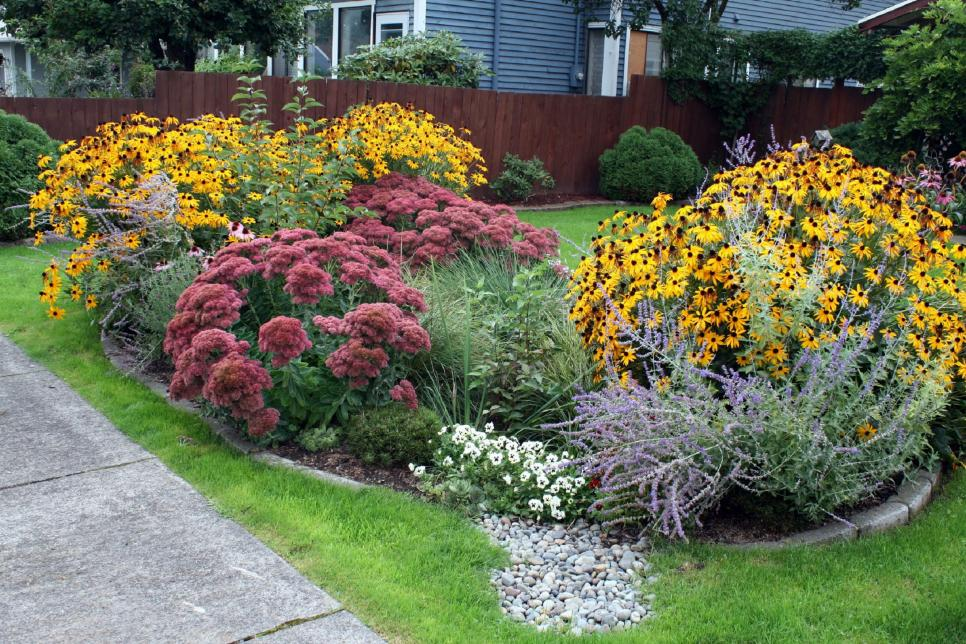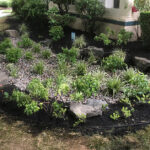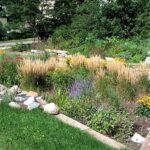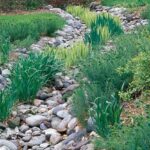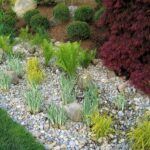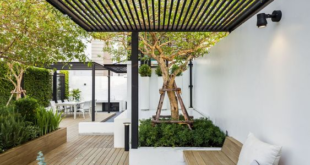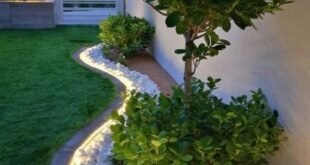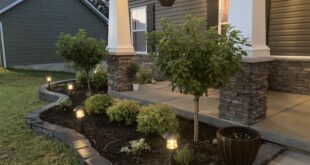Rain gardens are a sustainable landscaping solution that help reduce stormwater runoff and promote water conservation. These gardens are designed to capture and filter rainwater, allowing it to slowly soak into the ground instead of flowing into storm drains or waterways. Proper design is essential to the success of a rain garden, as it must be able to effectively manage water while also enhancing the aesthetic appeal of the landscape.
When designing a rain garden, it is important to consider the location and size of the garden. The garden should be placed in a low-lying area where water naturally collects during rainfall. The size of the garden will depend on the amount of runoff the area receives, but typically ranges from 100 to 300 square feet. It is also important to consider the soil type and drainage capabilities of the site, as well as the existing vegetation and sunlight exposure.
In terms of shape, rain gardens are typically designed with a shallow depression in the center that allows water to collect and slowly infiltrate into the ground. The edges of the garden should be gently sloped to prevent water from pooling or overflowing. Adding rocks or boulders around the perimeter can help to enhance the visual appeal of the garden while also providing a natural boundary.
Plant selection is another key aspect of rain garden design. Native plants are often recommended for rain gardens, as they are well adapted to the local climate and soil conditions. These plants also have deep root systems that help to absorb and filter water, while providing habitat for local wildlife. Grasses, sedges, and flowering plants can all be incorporated into a rain garden design to create a diverse and sustainable ecosystem.
Maintenance is also an important consideration when designing a rain garden. Regular weeding, pruning, and mulching may be necessary to keep the garden healthy and thriving. It is also important to monitor the water levels in the garden and ensure that it is draining properly. If necessary, additional drainage features such as underground pipes or overflow channels may need to be added to prevent waterlogging.
Overall, rain garden design requires careful planning and consideration of the site conditions, as well as a commitment to ongoing maintenance. When properly designed and maintained, rain gardens can not only help to manage stormwater runoff, but also provide a beautiful and sustainable addition to any landscape. With the right design and plant selection, rain gardens can become a focal point of a garden, attracting pollinators and wildlife while also reducing the environmental impact of urban development.
